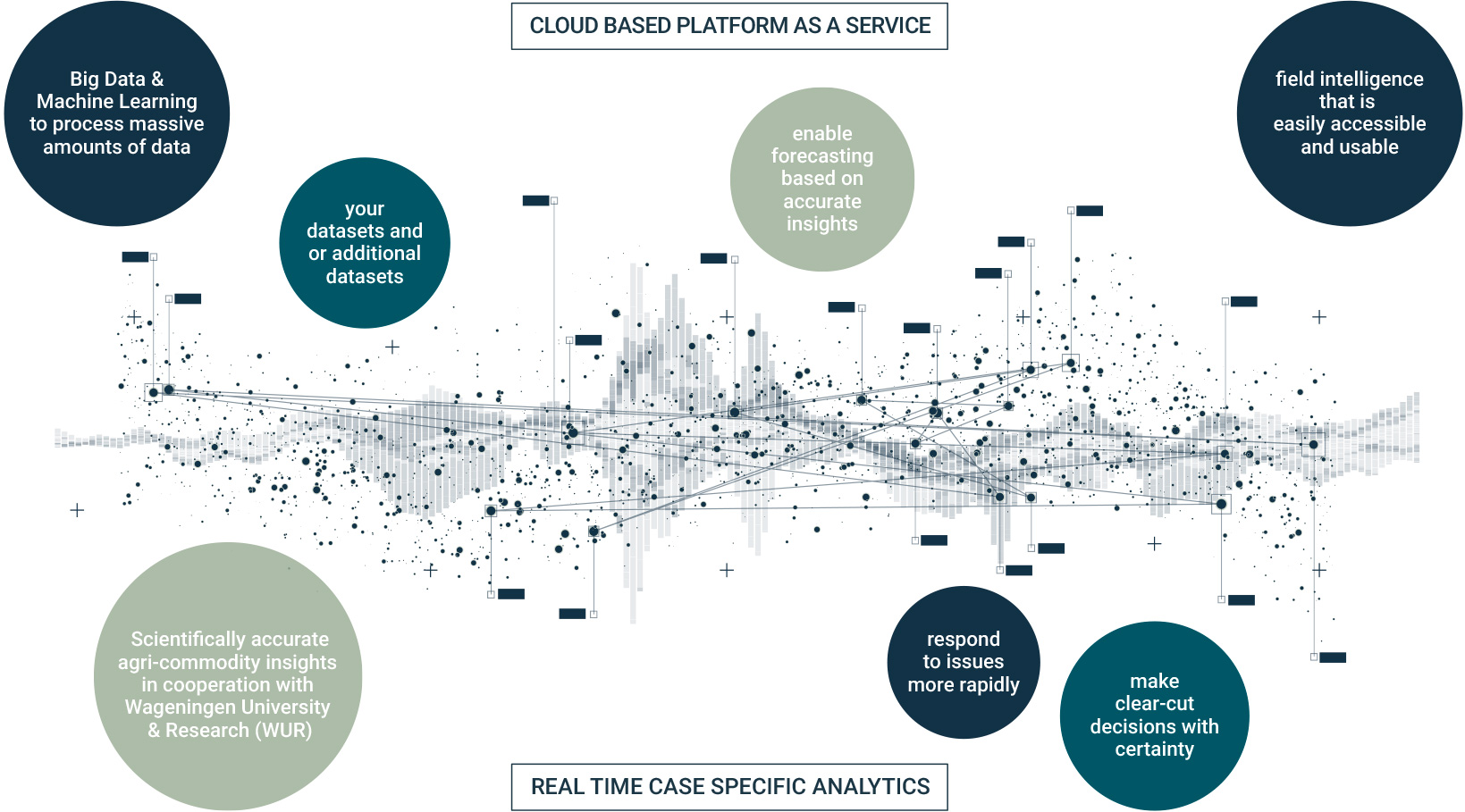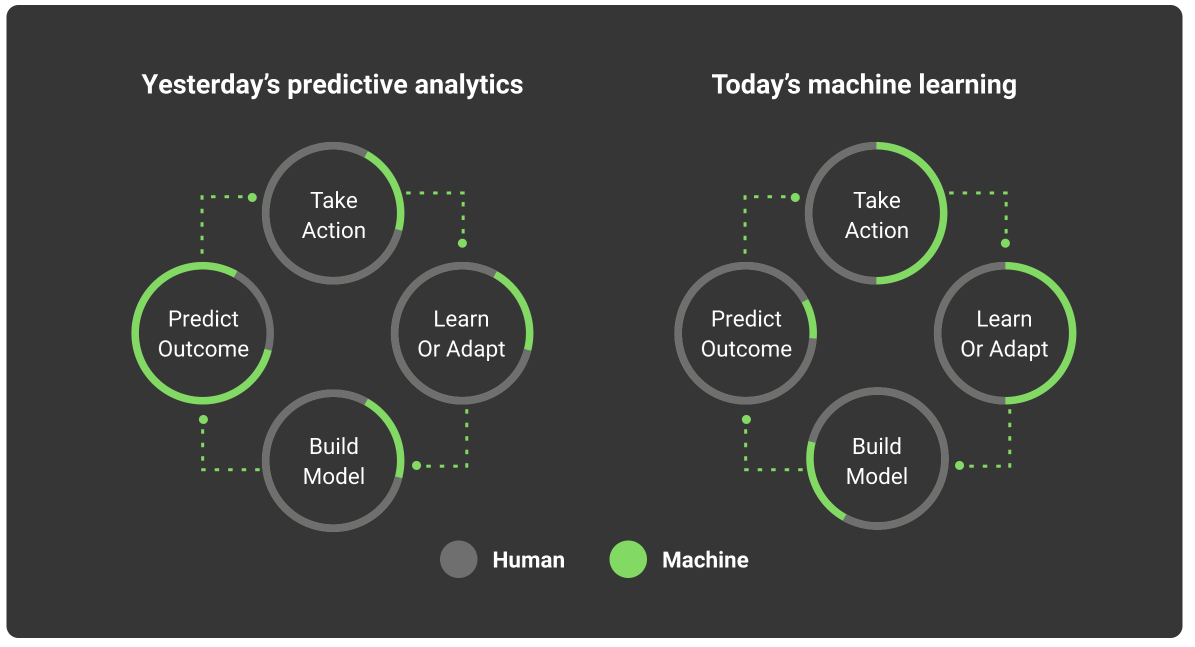

- #REAL TIME COMMODITY RISK ENGINE MACHINE LEARNING MANUAL#
- #REAL TIME COMMODITY RISK ENGINE MACHINE LEARNING SOFTWARE#
Companies involve a huge skilled team of humans to find frauds in their company and their process is not just costly but also time-consuming. The formula can be used to automate data entry process and eventually let the skilled resources focus on important and creative tasks.įinancial analysis: Fraud detection proves to be a major hindrance in the finance sector today.
#REAL TIME COMMODITY RISK ENGINE MACHINE LEARNING MANUAL#
Moreover, record sales can be reached via recommendation engine deployment and real-time targeted advertising can also be generated on websites.ĭata Entry Assistance: Predictive modeling and machine learning algorithms can help streamline a company’s documentation process eradicating the risks involved with manual data entry.
#REAL TIME COMMODITY RISK ENGINE MACHINE LEARNING SOFTWARE#
ML models equipped with image recognition software in retail companies can be extended to customers so that they can find the right product from across a scanned inventory of thousands of products. The data received from customer behavior analysis can be used to make appropriate changes to a company’s marketing and sales strategy involving upselling as well as cross-selling. Improving marketing strategy: ML can churn massive amounts of data in real-time to make it more relevant and useful. These products can then be suggested to customers.

Matching with a large product inventory, ML can be used to identify hidden patterns and group similar things together. Product Recommendations: In e-commerce, ML algorithms can be used to motivate product purchase. By looking at purchasing patterns and browsing through purchase histories, retail companies can offer the best-customized product or service to individual customers and improve demand forecasts. Predict customer behavior: Machine Learning is being used by companies all over the world to predict customer behavior and covert the predictive insights into prescriptive insights to increase customer base or offer them better services. Today, ML models are being used to predict everything from spikes in web traffics and hardware failures to traffic patterns, outbreaks of disease and stocks and commodities. Combined with artificial intelligence and business analytics, ML can be a solution to a variety of business complexities. This also makes them increasingly accurate in their predictions the longer they operate.Īs far as businesses go, ML algorithms driven by new computing technologies can help enhance business scalability and improve business operations. Moreover, ML models are pretty adaptive in the way that they continuously keep learning when new data is introduced. The analytical method that uses algorithms can help solve intricate data-rich business problems. Simply put, ML is all about understanding, mostly hidden, data and statistics and then mining meaningful insights from this raw dataset. But first, let’s define exactly what Machine Learning (ML) is. Now, this method is definitely helping the business of email providers and such predictive (as well as prescriptive) algorithms can help all kinds of businesses. The formula looks at the words in the subject line, the links included in the mail, and/or patterns in the recipient's list. SAS® Regulatory Content for EBA Taxonomies Meet European Banking Authority (EBA) reporting requirements and gain business value with a collection of industry-leading reporting content.Have you ever thought about how your mail inbox is so smart that it can filter Spams, label important emails or conversations, and segregate promotional, social, and primary messages? There is a complex algorithm in place for this kind of prediction and this algorithm comes under the wide umbrella of Machine Learning. SAS® Model Implementation Platform Quickly and efficiently execute a wide range of models used in bank stress tests and other enterprise-level risk assessments. SAS® Risk Stratum Adopt a risk foundation that delivers three tiers of capabilities to match your needs, with each level building on the previous one to form a complete risk management foundation. SAS® Risk Modeling Quickly develop, validate, deploy and track risk models in house – while minimizing model risk and improving model governance. SAS® Solution for Regulatory Capital Proactively manage regulatory risk with a single, end-to-end risk management environment. SAS® Credit Scoring Develop, validate and monitor credit scorecards faster, cheaper and more flexibly than any outsourcing alternative. SAS® Risk Engine Make better, faster decisions based on current views of your overall risk exposure.


 0 kommentar(er)
0 kommentar(er)
